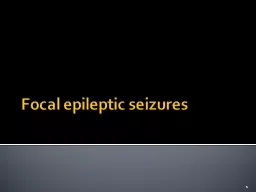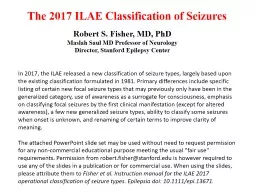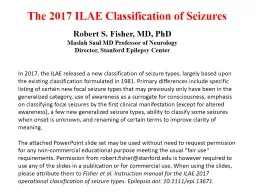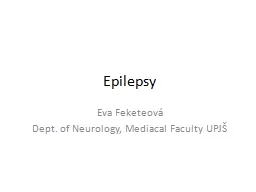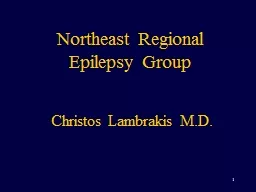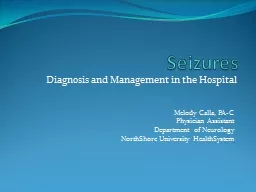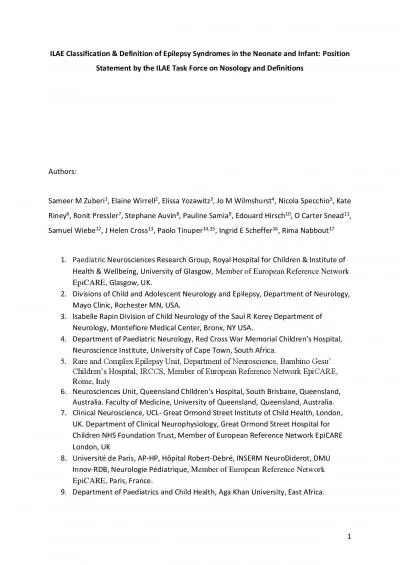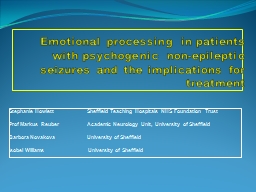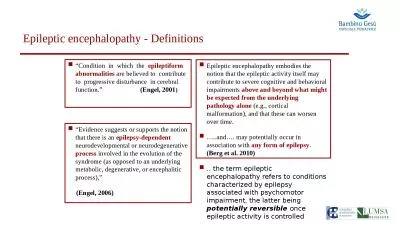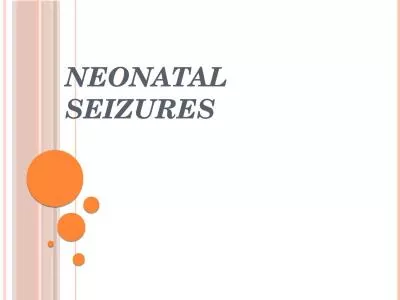PPT-Focal epileptic seizures
Author : myesha-ticknor | Published Date : 2016-07-09
1 Focal epileptic seizures emanate from an epileptogenic focus anywhere within cortical and sometimes subcortical brain regions leading to localisable and asymmetric
Presentation Embed Code
Download Presentation
Download Presentation The PPT/PDF document "Focal epileptic seizures" is the property of its rightful owner. Permission is granted to download and print the materials on this website for personal, non-commercial use only, and to display it on your personal computer provided you do not modify the materials and that you retain all copyright notices contained in the materials. By downloading content from our website, you accept the terms of this agreement.
Focal epileptic seizures: Transcript
Download Rules Of Document
"Focal epileptic seizures"The content belongs to its owner. You may download and print it for personal use, without modification, and keep all copyright notices. By downloading, you agree to these terms.
Related Documents

